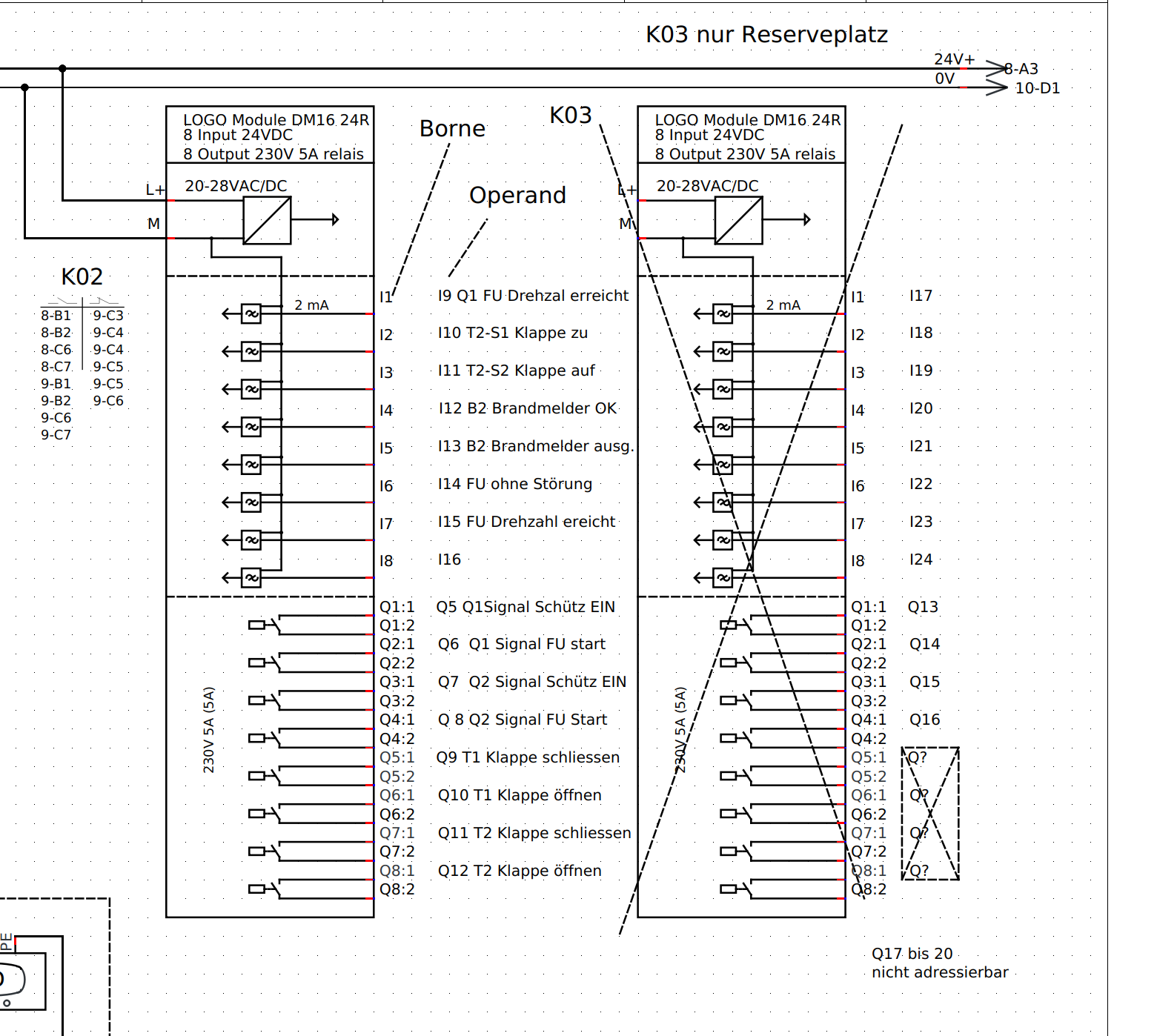Hello
Those are some nice examples and they show what i was refering to with only one connection for element.
Here is my workaround that I came up with playing around. I will write bit about how i see it, maybe there is something Iam missing.
As for now i see only 2 possibilities of transfering information/connection between elements and across folios:
1. is the master/slave - which transfers localization both ways and master name to slave - like in the drawing you presented.
2. is the next/previous - which transfers both ways localization and wire name - similar to the example in the video.
I udes 2nd option. Its kind of funky since it uses 4 elements.
Module element with its ref element and folio I/O element with its ref element.
I place them with auto connection so there are the wire name fields (position more or less to look good) which can be named to act are adres reference for future connection.
The plus side i think is that while having the module itself on some early folio as a reference and kind of signal summary one can put folio I/O symbol on later folios and name the signal than click on the upper rectangle (folio I/O ref) and look for adress (i.e. lowest free) and when making the connection the localization connection is made and the symbol from the foilo I/O is transfered to the module element.
the minus is that there are still some helpful things that need to me write by hand (connection pin, adress, module number etc.) but it is bit faster since you can auto jump with the localization xref to check this infromation.
Idk if that makes sense or if there is some better way.
example file for reference
Post's attachments PLC.qet 55.2 kb, 512 downloads since 2019-06-14
PLC.qet 55.2 kb, 512 downloads since 2019-06-14

